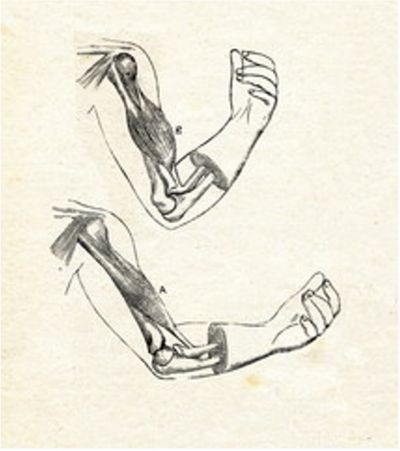Tendon Injuries, what are they and how to overcome them

Tendon related injuries or tendinopathies (tendinitis) we see nearly every day in the clinic.
The most common presenting injured tendons are Achilles, Tibialis Posterior, Peroneal and the most frequent the plantar fascia. The plantar fascia is not a tendon but it behaves in a similar way.
When I discuss tendon injuries I like to describe them like drinking alcohol, this may seem farfetched but bear with me. After a period of rest the first sip (step) can be a bit painful but the more sips (steps) you take it starts to taste better (warms up), but then after finishing the activity it can get quite painful again and can ache. A bit like a hangover the morning after drinking.
These injuries affect everyone across the whole spectrum, elite athletes to weekend warriors. One of the first and most important questions I ask clients when they come in with a suspected tendon injury is “What changed?”. The common theme I see in these injuries is a sudden or non-gradual change in their activity. The new job as a postman, walked the dogs with a non-ideal pair of shoes or the marathon runner who added sprint sessions to improve his times.
So how do we help these tendons recover and prevent it from becoming an ongoing issue?
What we find in results of good clinical research as well as what we see in the clinic on a day-to-day basis are 3 things. Offload, restore function and re-load. We need to reduce the forces being placed on the tendon so that it can settle the symptoms down. Easier said than done when it comes to tendons in the foot and leg. Even simple tasks such as walking or standing up can lead enough load to cause pain and irritation. The unloading method can take many forms, it could be a specialised insole prescribed by the podiatrist, temporary change in running style, change in footwear, etc.
Restoring function of the affected tendon is a way that we can break the cycle of re-injury. If we don’t give the tendon the ability to handle the loads and forces we are asking of it, then when we get to the re-loading stage we are at risk of flaring things up again and ending up back to square one. Restoring function involves a combination of strengthening and increasing mobility. An exercise that we have good evidence works well in tendon rehabilitation is heavy and slow eccentric contractions. These exercises help improve tendon stiffness which is important for generating power. If we think of a bicep curl a concentric contraction is the up phase where you squeeze the muscle, eccentric is the controlled down phase lengthening the muscle. For example, one exercise for Achilles tendinopathy is single leg heel drops. We lower the heel off the edge of a step at a slow pace. Lowering the heel lengthens the Achilles tendon and by doing it single leg we are making sure the load is heavy enough to have a positive effect.

Re-loading is the final phase of a tendon injury rehabilitation.
After we have reduced the painful symptoms and built the load tolerance back up in our tendon, we want to return you to your activity goal. Whether it’s your chosen sport, an upcoming event or your regular walking trail. A graduated return discussed with your health care provider is recommended to allow the body to acclimatise. A sudden return to pre-injury activity levels is often a recipe for re-injury or a new injury due to de-conditioning occurred during rehab.
If this sounds like something you have struggled with, hopefully this has shed some light on how these injuries can become an ongoing issue. We recommend a structured, evidence-based approach to recovery.
As always all advice is of a general nature, if you have any specific issues or concerns we always recommend seeing a HCPC registered podiatrist for an individual assessment and management.
